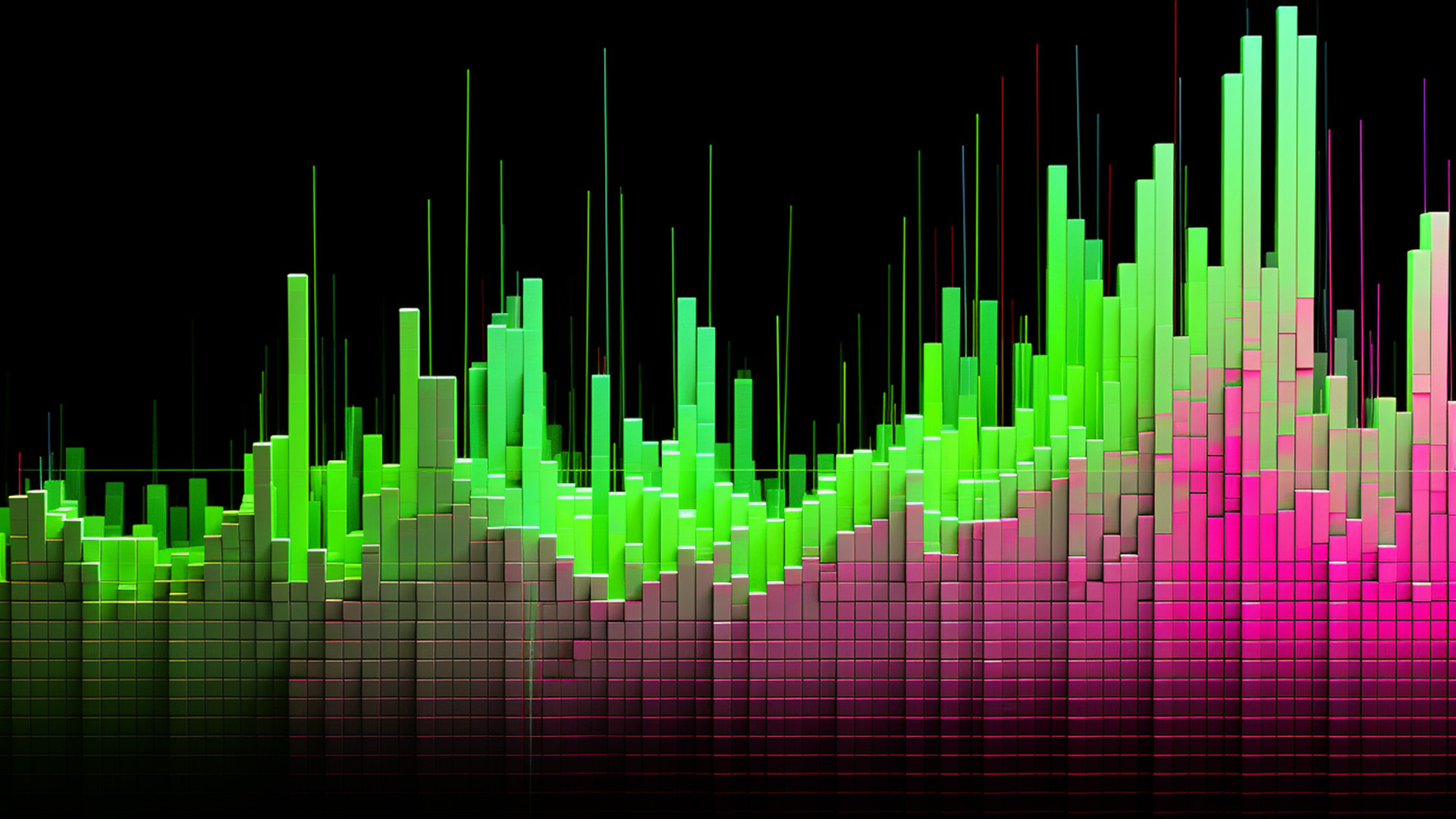
Trading terminology within crypto can be confusing, there are many different terms and phrases used, this guide will help you to gain a better understanding of the different trading terminologies.
A further extensive crypto glossary about other common terms in the cryptocurrency ecosystem can be found here.
Trading Terminology
Cryptocurrency trading has become a global activity, offering opportunities for traders to make a profit.
The cryptocurrency trading world is full of complex terminology and concepts, below we will go over some basic terminologies to help you navigate the cryptocurrency trading landscape.
Trading Terms
Position Trading is a long-term strategy where traders hold positions for extended periods, often weeks or months, based on long-term trends and fundamental analysis.
Scalping is a strategy involving making numerous traders over the course of a day, profiting from small market movements. Scalpers capitalise on minute price changes.
Swing Trading is a strategy that involves taking advantage of the swings in an asset price, typically, swing traders hold onto an asset for several days or weeks to capitalise on expected upward or downward market shifts.
Buy and Hold is a strategy where traders buy cryptocurrency and hold it, regardless of market fluctuations.
Portfolio Diversification involves spreading investments across various assets to minimise risk.
Trend Following is a strategy that involves buying and selling according to the strength of recent price trends.
Market Making is a strategy involving continuous buying and selling of assets to provide liquidity to the market.
Technical Analysis uses historical price chart data and market statistics to predict future market behaviour.
Resistance and Support Levels are specific price points on charts that crypto tends to struggle to move beyond.
Momentum Indicators are tools used by traders to assess the speed or strength of a price movement.
Slippage is the difference between the expected price of a trade and the executed price.
Market Order Impact is the effect that a large market order may have on the price of a cryptocurrency.
Stop-Limit Order is a setting where traders can set a limit order that is automatically activated once the stop price is reached, a way to cover any further potential losses.
Trailing Stop Order is a moving stop-loss order that follows positive price movements to lock in profits.
Iceberg Order is a large order that is divided into smaller limit orders to hide the actual order quantity.
Risk Management is the process of identifying and managing potential losses in trading.
Risk-to-Reward Ratio is the ratio of potential profits to potential losses in a trade.
Hedging involves using financial instruments or market strategies to offset potential losses.
Liquidation is the closing of a trader's position due to the loss of all or most of their margin.
Margin Call is a demand for additional funds to maintain open positions.
Equity is the total value of a trader's account when any active positions are closed.
Limit Order is an order to buy or sell an asset at a specific price.
Market Order is an order to buy or sell an asset immediately at the current market price.
Stop Order is an order to buy or sell an asset once its price reaches a specific level.
Sentiment Analysis is evaluating market sentiment to predict price movements.
Bullish Sentiment is the expectation that market prices will rise.
Bearish Sentiment is the expectation that market prices will fall.
Relative Strength Index (RSI) measures the magnitude of recent price changes to evaluate overbought or oversold conditions.
Moving Average Convergence Divergence (MACD) is a trend following momentum indicator.
Bollinger Bands is a volatility indicator that helps to identify if an asset is oversold or overbought.
Fibonacci Retracement is a tool used to identify support and resistance levels.
Backtesting is testing a trading strategy on past data to see how it would have performed.
Moving Average (MA) is a widely used indicator in technical analysis that helps smooth out price action by filtering out random price fluctuations.
Copy Trading is an investment strategy where individuals copy trades from another trader.
Fundamental Analysis is an analysis strategy that involves looking into an asset’s fundamentals such as company financials.
Technical Analysis is an analysis strategy that focuses on an asset's current and historical market performance.
Arbitrage is the buying of an asset on one exchange and selling it on another to profit from a price difference.
Final Thoughts
This should help you have a more informed understanding of different cryptocurrency trading terminologies, enabling you to make better investment decisions.
Navigating the cryptocurrency ecosystem can be daunting.
Knowing everything within crypto is no easy task, learning trading terminology and strategies within crypto is essential to ensuring your success when trading.
Want More Cutting-Edge Crypto News?
Follow Us: X TikTok Instagram Telegram LinkedIn
Sign up to our newsletter at the bottom of the page
Check Out Our Top 10 Crypto Currencies of 2023
This article is intended for educational purposes and is not financial advice.


















